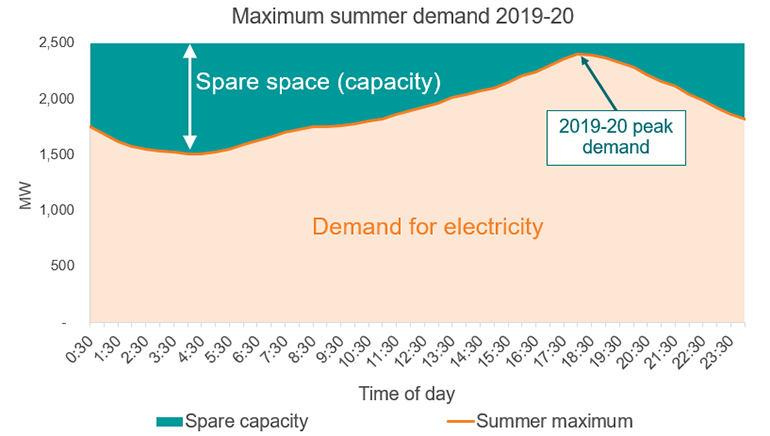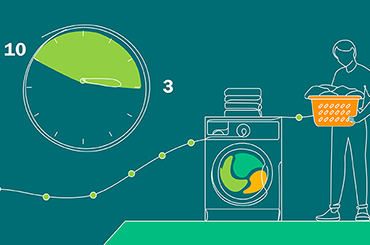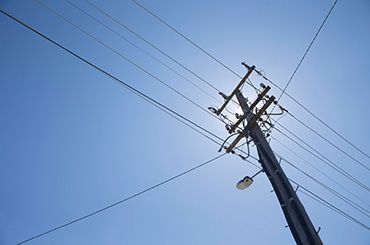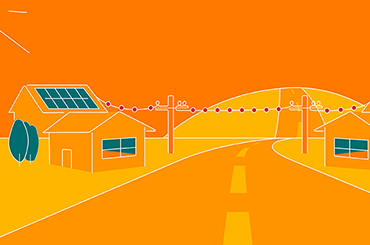
Peak demand - its not just how much electricity you use, its when you use it
The electricity network experiences “peak demand” when everyone wants to use electricity at the same time. The network is built to manage this peak demand but outside of this there is spare capacity.
Electricity networks are built to manage peak demand. Just like roads have peak hour traffic, the electricity network has the same problem when lots of people want to use electricity at the same time.
If we upgrade the network to cope with this, the cost would be passed on to customers through their electricity bills. Instead, tariffs can moderate this demand by encouraging customers to limit their usage at peak times.
This is known as peak demand. The network is built to manage this peak demand but, just like our roads, outside of peak demand there is spare capacity.
A peak demand event usually happens on days in summer when the temperature is very hot, or on the coldest days in winter. This is usually when people use more energy intensive appliances like air-conditioning and heaters to manage the extreme conditions.

Just like adding a new lane to a roadway, to help with peak hour congestion, we can also build or upgrade our infrastructure to cope with more households connecting to our network and more appliances being used at peak times. But this will cost millions of dollars, and all customers end up paying for this through their electricity bills.
What can I do to help shift energy use during the day?
You can help minimise peak demand by simple tips and tricks around the home. Use energy when the sun is shining – and think of doing these things around the home between 10am and 3pm.
- Run your dishwasher
- Do your clothes washing
- Set your pool filter to run between 10am and 3pm
- Charge your electric vehicle
- Hang your clothes outside on a clothesline or clothes rack rather than using the dryer
- Consider using a slow cooker during the day instead of using your oven at dinner time
- If your house is well insulated, run your air-conditioner or heater on a reduced setting over the middle of the day to stop the house getting too hot or cold – you won’t need to use as much energy to get it comfortable when you return home
Remember – don’t ever put your health at risk to reduce your electricity bill.
Read more about energy efficiency for the home

Our peak demand tends to grow every year – and it is heavily impacted by higher temperatures in summer and cold temperatures in winter.
We can use prices to help slow the pace of growth in peak demand, which will reduce cost increases for households and business. The tariff trials is a research project that will help give us insight in see how we can manage peak demand and network price increases in the future.

We build the network to manage the handful of peak demand days each year, but for most days of the year, there is spare capacity especially between the hours of 10am and 3pm.
Simple things, like using appliances between 10 and 3 will change how you are charged in the future.




